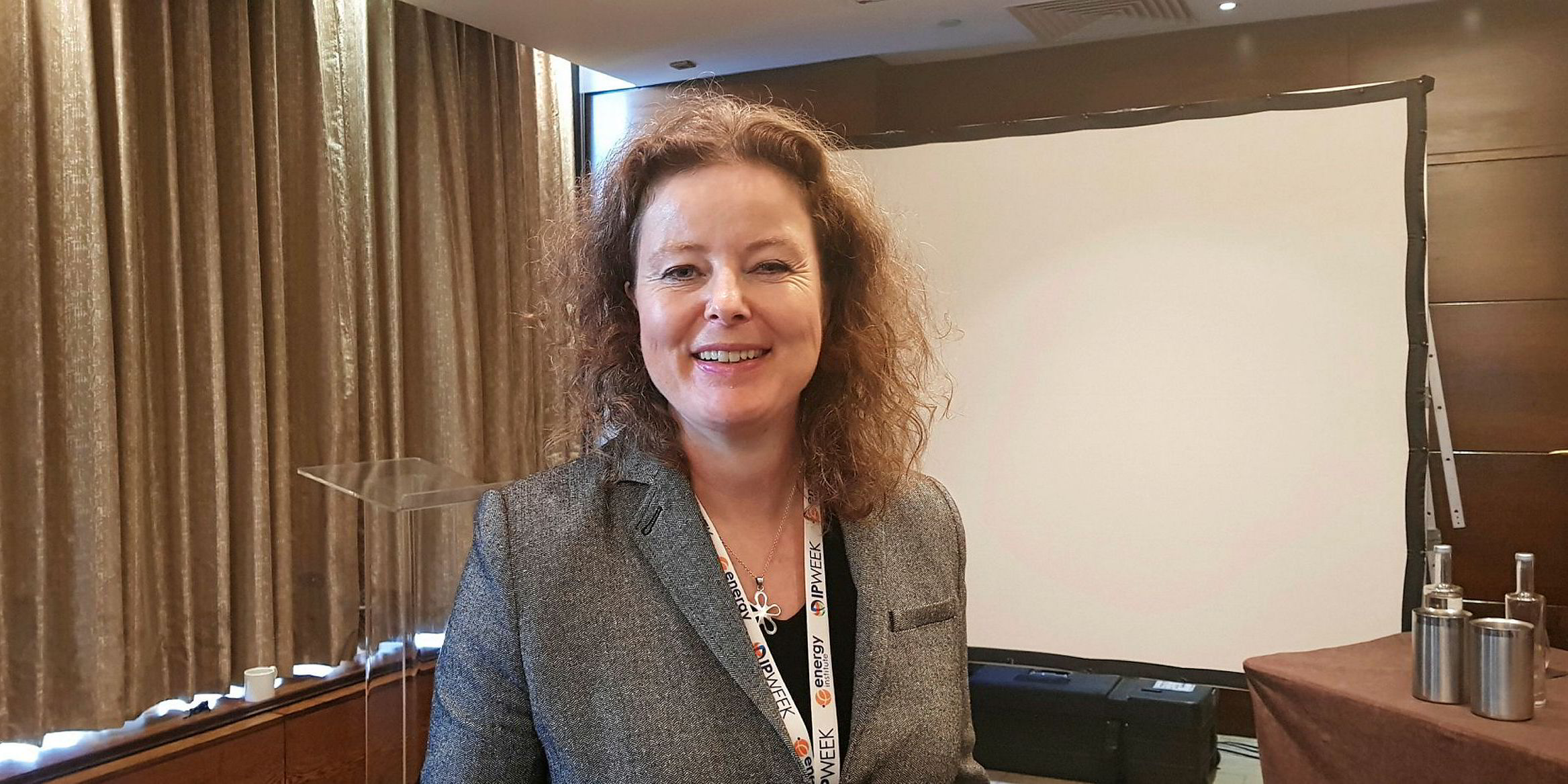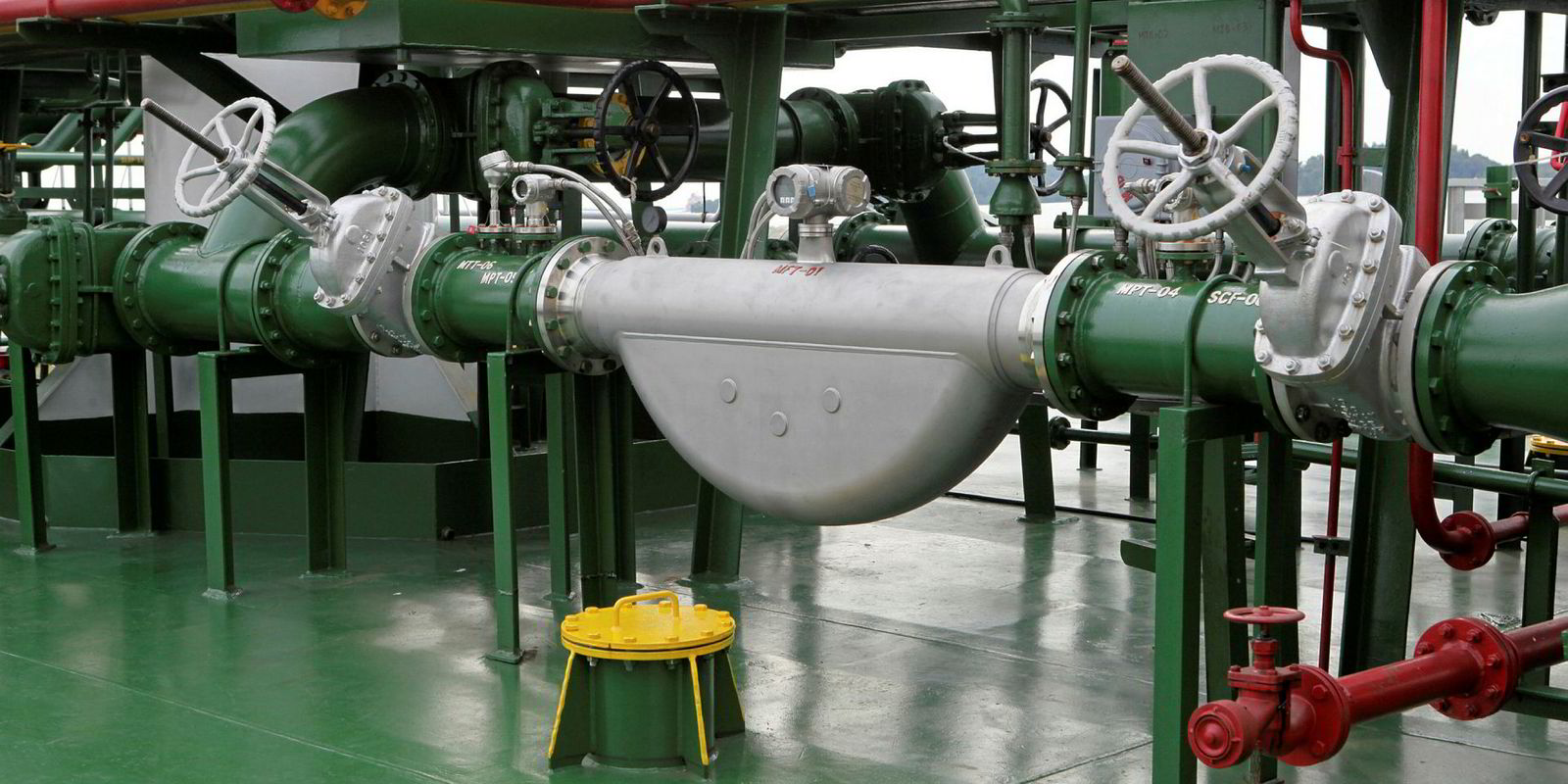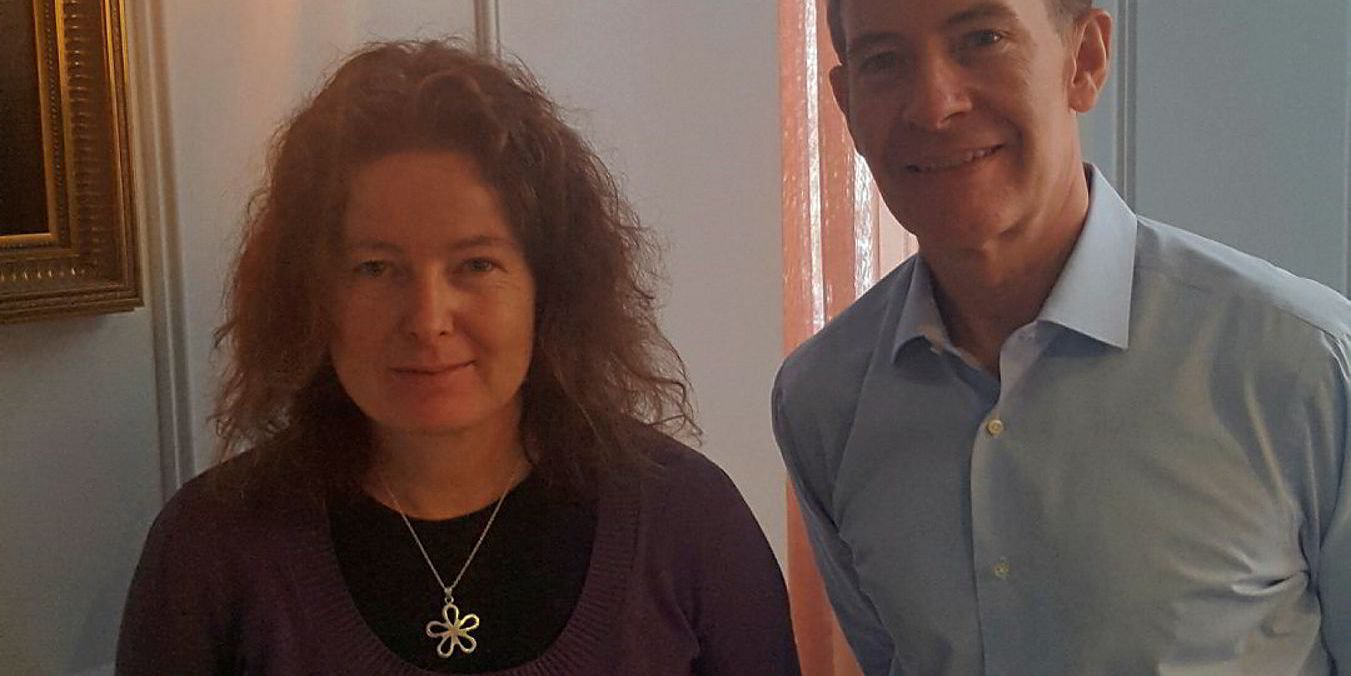The International Bunker Industry Association (IBIA) has called for a consistent testing method for sulphur levels in bunker fuels that allow a margin of error in an attempt to avoid thorny legal issues when IMO 2020 rules come into force.
While the IMO has required vessels to switch to 0.5%-sulphur fuels from next January, IBIA, which represents bunker players, suggests there remains a lack of uniform sulphur verification methods.
“[There is] no clear guidance with regards to which test method should apply and how test results should be reported,” IBIA’s director Unni Einemo told the Chemical & Product Tanker Conference.
“[This] leaves room for ambiguity and uncertainty for stakeholders.”
Inconsistent testing methods could lead to different results from one jurisdiction to another. This could potentially result in legal disputes between ship operators, bunker suppliers and enforcement bodies when non-compliance issues arise.
IBIA has called for the final and binding analysis to determine compliance with the IMO MARPOL ANNEX VI sulphur limits to be always carried out with the same test method performed by an accredited laboratory.
“[This is] to ensure analysis is done in a uniform and consistent way, including the test result reporting protocol, to avoid differences in application,” Einemo said.
Moreover, as all test methods have limitations with regard to precision, IBIA has suggested they should allow for a margin of error defined as 95% confidence interval.
“The 95% confidence should be fully respected,” Einemo said.
During the sixth session of the IMO’s Sub-Committee on Pollution Prevention and Response held in February, participants have developed draft amendments to the MARPOL ANNEX VI to address those issues.
IBIA recommended the ISO 8754 to be the test method. One of the amendments refers to this in footnote while saying the method would be “a standard acceptable” to the IMO in text.





